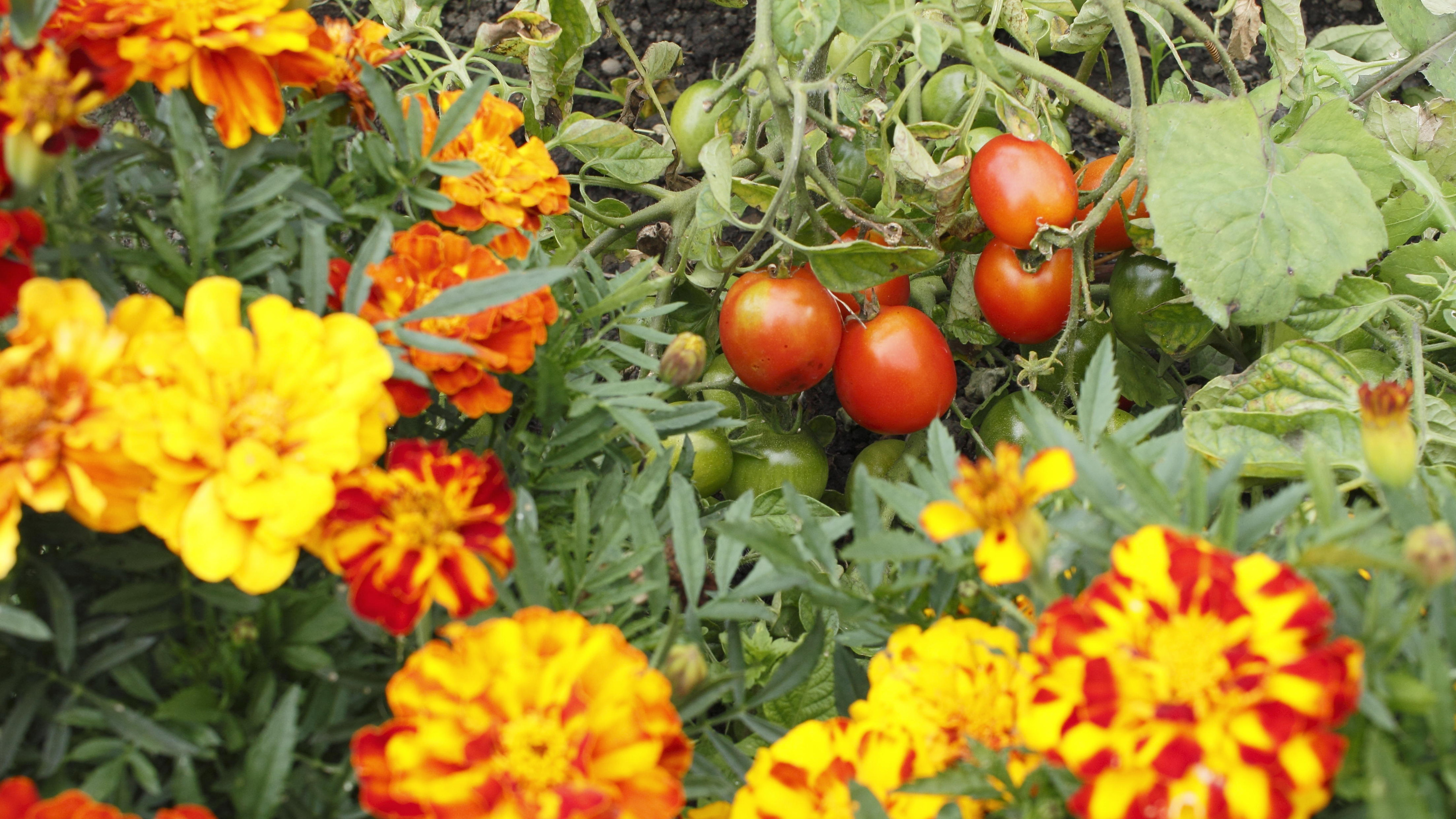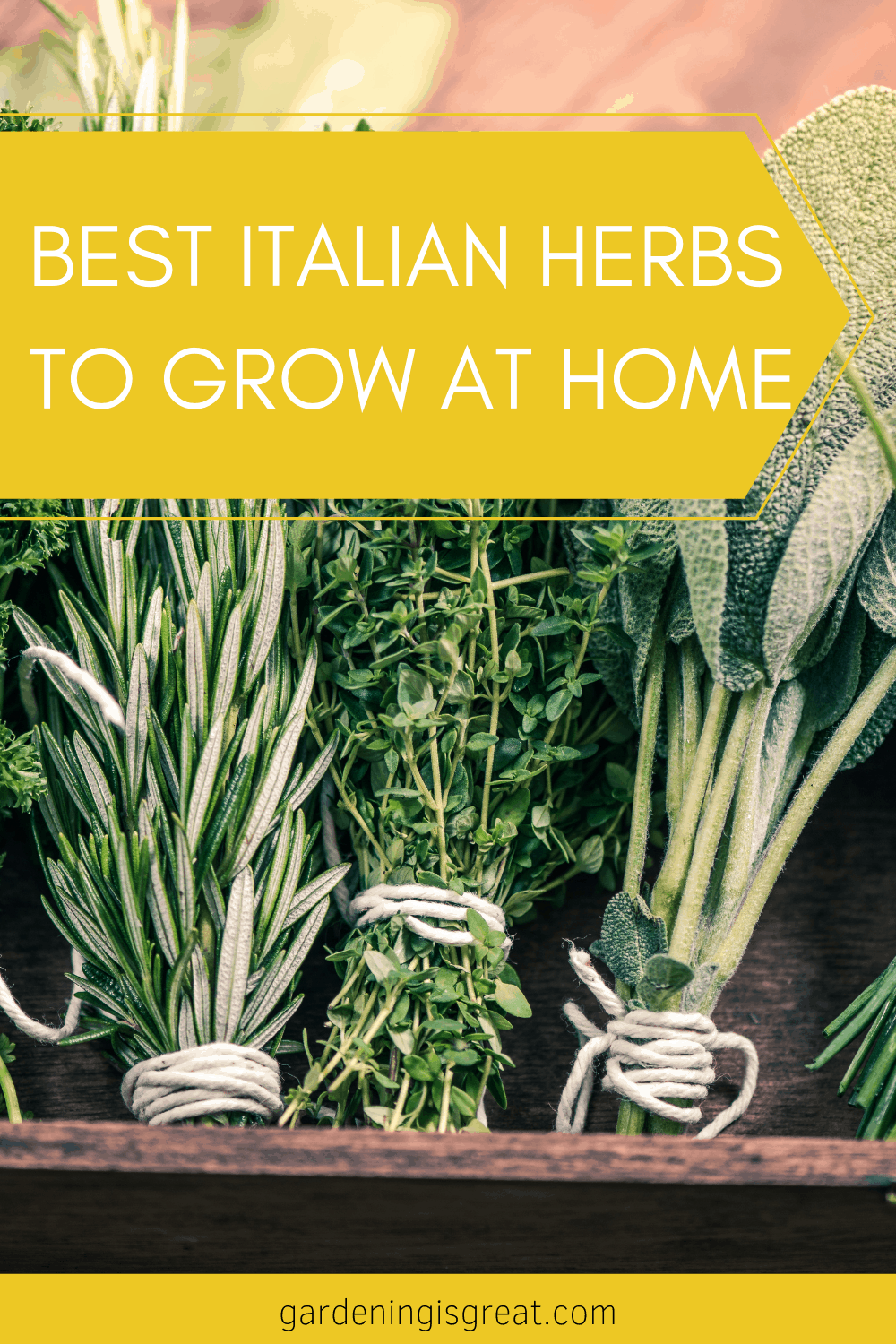Boost Your Tomato Garden: Are Marigolds Good to Plant Together?

Somewhere between my first disastrous tomato garden and my latest tangle of thriving red vines, I realized that the best advice is rarely wrapped in science speak or fancy terms. Let’s talk about marigolds and tomatoes—the companion planting combo everyone talks about but few explain simply. If you’ve got dirt under your nails and a jug of coffee cooling by your seedlings, pull up a chair—let me share what finally worked for me after too many overcomplicated tips from “experts.”

Why Does Everyone Rave About Marigolds With Tomatoes? (And Where They’re Wrong)
I’ll confess: I tried adding two marigold plants at the edge of my tomato bed because every gardening blog said so. That first year? My tomatoes looked decent, but aphids still camped out like it was Coachella, and root-knot nematodes turned half my plants into wilted ghosts by late July.
Turns out, “plant marigolds near tomatoes” is only part of the story. The real trick—and this took a few muddy seasons to admit—is to drop all the guesses about which variety or exotic spacing layout works, and just go for French marigolds (Tagetes patula), spaced every foot or two alongside your tomatoes. Not African marigolds (those big golden show-offs with zero tough-guy street cred in pest control), not Signet types. Just trusty, bushy French ones.

Expert tip sheets sometimes make things sound like rocket science (rotate crops on a Fibonacci spiral! Use allelopathic principles!). No need. After years watching bugs ignore my scattershot approach, here’s what I settled into:
- Even plant spacing—not jammed in a tangled mass, but not one lonely flower per bed either.
- Consistency—no more forgetting to deadhead flowers or skipping waterings just because July got busy.
What Actually Works: Methods That Surprised Me
Back in 2019, frustrated by yet another crop full of nematode knots (and egged on by my neighbor Pete who has always grown prize-winning slicers), I went all-in: I carpeted the ground around each tomato plant with four French marigold seedlings spaced in a rough square.
By week six those cheerful orange blooms buzzed with hoverflies—and beneath them? Far fewer wilted tomato leaves. Was it magic? Nope—just enough volume and close-enough proximity for the roots’ secret weapon chemicals (thiophenes) to fend off root-knot nematodes right at ground zero.

Here are the simple rules that changed everything:
- One Tomato + Three or Four Marigolds
- Planted roughly 6 inches away from the stem—not so close they fight for resources; not so far they can’t help.
- Start Early
- If you can swing it, start your marigold seeds indoors six weeks before setting tomatoes outside. Those established roots matter way more than tossing in nursery annuals at transplant time.
- Stay Consistent
- Deadhead spent blooms once a week while you’re doing morning rounds with coffee.
- Don’t Expect Miracles
- You’ll still see some pests—a few aphids will always find their way—but if you keep track on paper (I do tally marks for biggest troublemakers each season), you’ll probably notice less carnage than beds without flowers.
Honest Results: Failures First
The first season I did this “by the book,” I bought whatever random marigold six-pack was cheap at Lowe’s—turned out they were African varieties, and they looked beautiful alongside Cherokee Purples until mid-summer when the hornworm invasion rolled through like tiny tanks while whiteflies danced undeterred across both species.
Year two: pure French marigolds from seeds labeled ‘Petite Gold’. Smaller blooms but much denser root mats—and while squirrels still stole some fruit (gardeners can relate), evidence of nematode tunneling dropped by nearly half compared to neighboring rows where no flowers grew.

Even better than pest reduction was how alive the space felt: bees visiting daily, gold petals against rich green vines wobbling after summer rainstorms—a sensory feast instead of sterile monoculture rows.
The Zero-Complication Approach
Forget elaborate charts—here’s what lasts beyond trends:
- Wherever you plant a tomato seedling, pinch three small holes nearby and tuck in as many French marigold seeds as will fit without crowding.
- Water everything evenly—marigolds are thirsty friends but bounce back quick after dry spells.
- When fall rolls around and frost threatens, yank up entire clusters by their roots (yes! include the whole root ball). Compost any healthy remains unless blight hit hard.
If slugs show up for the color party—spread diatomaceous earth lightly beneath both crops or lay down copper tape loops; easy solutions even grandkids can help place after school.

If You Only Try One Companion Trick...
Marigolds-plus-tomatoes isn’t going to single-handedly erase every pest problem—but it will give your garden extra resilience without chemicals or confusion. The cost? A $3 seed packet or ten bucks tops for transplants covers an entire row in most backyard plots.
Personally? It’s worth it for those first moments each June when fiery orange blooms peek through robust green vines—a fusion that feels handmade by summer itself.
Gardening is joy multiplied by simplicity: don’t let expert jargon steal that spark from you. Plant boldly, watch closely…then tell everyone about your own experiments next season!



